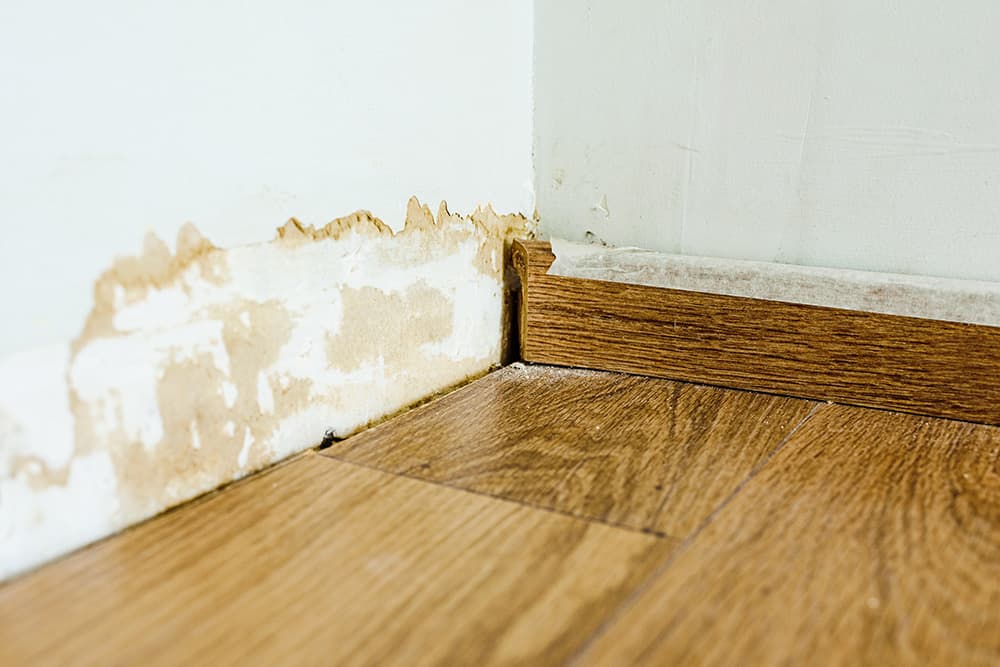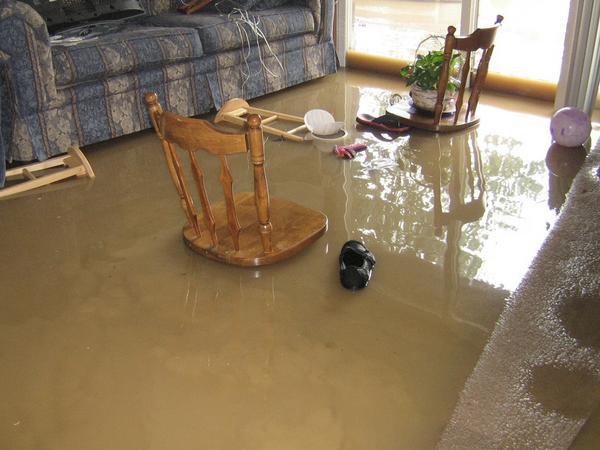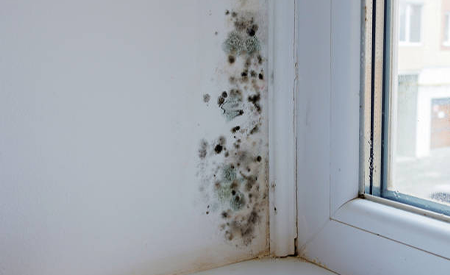Quick Response Emergency Water Leak Repair for Residential and Commercial Needs
Quick Response Emergency Water Leak Repair for Residential and Commercial Needs
Blog Article
The Process of Water Damages Cleanup: Ensuring Your Home Is Restored Effectively
Water damage can be a complicated challenge for house owners, demanding a organized and careful cleaning process to bring back safety and security and capability. Originally, a thorough evaluation is vital to determine the degree of the damage and figure out the proper removal actions. Following this, reliable water extraction techniques play a critical function in reducing additional damage. The subtleties of drying out, disinfecting, and eventual restoration are equally vital and frequently overlooked. Recognizing these phases can make a substantial distinction in the outcome of your home's reconstruction, motivating a closer consider what each action requires.
Evaluating the Damages
Upon finding water damage, the very first step is to extensively evaluate the extent of the impact. This first examination is important, as it aids establish the necessary actions for efficient cleaning and repair. Begin by examining the affected areas, including walls, ceilings, floors, and personal items, to recognize the resource of the water invasion, whether from flooding, leaks, or condensation.
Documenting the damages is necessary for both insurance cases and preparing restoration efforts - damage restoration services. Use pictures and created notes to catch the seriousness of the damages, keeping in mind any kind of affected architectural elements and products. Pay special attention to locations that might not be promptly noticeable, such as behind walls and under carpets, as concealed wetness can lead to further complications, consisting of mold development
Furthermore, assess the timeline of the water direct exposure. Ultimately, a comprehensive evaluation lays the groundwork for a successful water damage cleaning procedure, making sure that all affected areas are attended to efficiently and completely.
Water Removal Methods

Experts normally utilize completely submersible pumps for larger quantities of water, which can promptly alleviate flooding in cellars or other impacted areas. For smaller quantities, wet/dry vacuums are typically made use of to remove recurring moisture from carpets and difficult surface areas. Additionally, using mobile extractors enables targeted elimination in confined rooms or locations with delicate products.
In circumstances of polluted water, such as sewage or floodwater, advanced extraction techniques might entail making use of biohazard tools to make sure security and conformity with health and wellness regulations. High-powered removal tools are crucial in reducing water retention in architectural materials, which can lead to mold growth and architectural deterioration otherwise attended to without delay.
Inevitably, the effectiveness of water removal strategies plays a pivotal function in the general success of the water damages clean-up process, preparing for subsequent reconstruction efforts.
Drying and Dehumidification
Once standing water has actually been efficiently drawn out, the following important stage in the water damages cleaning procedure is drying out and dehumidification. This step is important to avoid more damages and mold growth, which can happen within 24 to two days in wet atmospheres.
To achieve reliable drying, customized devices such as industrial-grade air movers and dehumidifiers is utilized. Air moving companies distribute air across damp surface areas, boosting dissipation rates, while dehumidifiers minimize humidity degrees in the air, advertising a favorable atmosphere for drying. The mix of these tools ensures that moisture is attracted out from wall surfaces, floorings, and home furnishings, permitting them to completely dry extensively.
It is important to keep an eye on the drying out process closely. Experts commonly utilize wetness meters to analyze the dampness content in different materials, ensuring that all influenced areas get to acceptable dry skin levels. Homepage This precise method aids to stop covert moisture pockets that can lead to structural damages or harmful mold growth.

Cleansing and Sanitizing
After the drying out and dehumidification phase is full, the following important action in water damages cleanup is cleansing and sterilizing the impacted locations. This process is essential to stop the development of mold and mildew, germs, and other microorganisms that flourish in damp environments.
The cleaning stage generally entails getting rid of any kind of debris, dirt, and contaminants from surfaces utilizing specialized cleaning up representatives. For tough surface areas, a mix of soap and water or business cleansing items is typically employed. Soft products, such as furniture and carpetings, may require more comprehensive cleaning methods, including heavy steam cleansing or deep removal methods, to guarantee comprehensive cleanliness.

Disinfecting follows cleaning, making use of EPA-approved disinfectants to get rid of dangerous microorganisms. This step is necessary, especially in areas that may have entered contact with floodwaters or sewer, as these resources can pose significant wellness threats.
Additionally, it is very important to deal with any kind of remaining odors, which might need the use of odor neutralizers or advanced methods like ozone therapy. Proper cleansing and disinfecting not only recover the safety and health of your home yet likewise prepared for effective restoration and fixings in subsequent stages of the water damage cleaning procedure.
Remediation and Repairs
.jpg)
As soon as the evaluation is full, reconstruction efforts can start. This typically includes repairing or changing broken products, making certain that all work follows regional building ordinance and standards. For circumstances, if drywall has been jeopardized, it will need to be removed and replaced with new material. In addition, floor covering may need comparable interest, depending upon the level of water exposure.
It is important to engage skilled repair specialists during this process, as they have the experience to handle complicated fixings effectively. Additionally, they can help reduce prospective future concerns, such as mold growth or architectural instability, thus making sure a safe and habitable living setting. Eventually, efficient reconstruction and fixings bring back the home's integrity and improve its total value.
Conclusion
In verdict, the procedure of water damage cleanup is essential for restoring a click this home to its pre-damage condition. Each stage, from assessing the damages to implementing effective water extraction techniques, adhered to by detailed drying out, sterilizing, and necessary repair services, plays an important duty in making sure safety and security and conformity with structure requirements. Efficient execution of these actions not only minimizes prompt damages but likewise improves the long-term honesty and value of the residential or commercial property.
Water damages can be a difficult difficulty for homeowners, demanding a organized and thorough clean-up process to restore safety and performance. Inevitably, you can try these out a thorough evaluation lays the groundwork for an effective water damage cleaning procedure, making certain that all impacted areas are attended to efficiently and extensively.
Reliable water removal methods are vital in alleviating damage and stopping further complications adhering to a water invasion event.In final thought, the process of water damage cleanup is important for restoring a home to its pre-damage condition. Each phase, from analyzing the damages to executing effective water extraction strategies, followed by comprehensive drying out, sanitizing, and required repair services, plays an important role in making sure safety and compliance with structure requirements.
Report this page